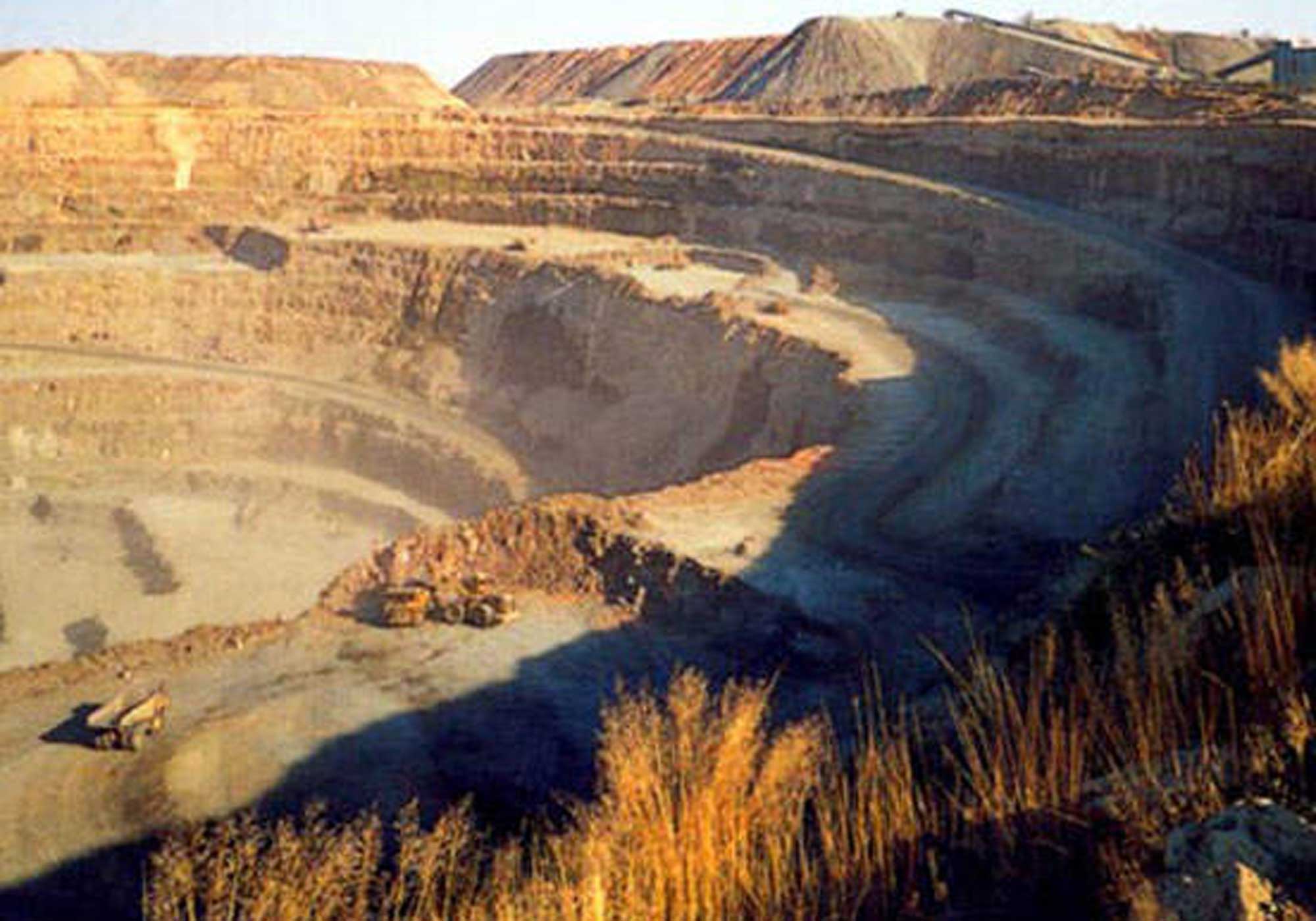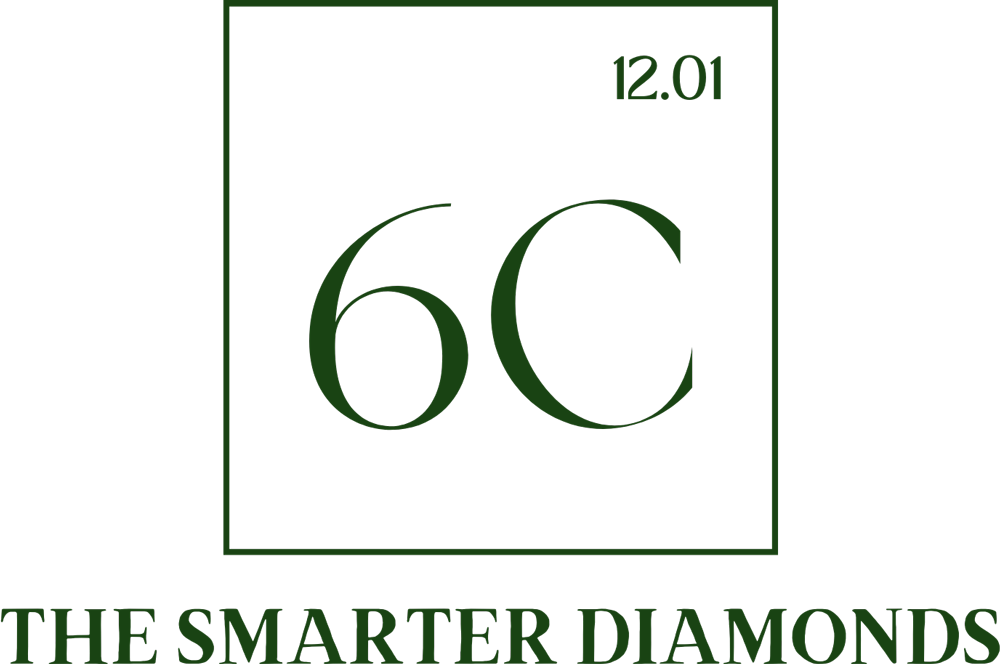About The6c
The6C with its timeless collection of everyday wearable conscious (man-made) diamonds believes in giving the choice to its users to own an incomparable brilliance that is a reflection of their aspiration, lifestyle and success.
The 6C's are cut, colour, clarity, carat, customisation and cost of a diamond and are used to determine its value.
Cut: In diamond, cut is often called the king and its responsible for its shape (round, oval, princess, pear, marquise etc.) and a brilliantly cut diamond is responsible for its fire and lustre.
Colour: A diamond colour is actually based on its lack of colour. The best pieces may not have any colour at all. Though there are coloured
diamonds as well and is usually referred to colours other than yellow or brown (Ex: pink or blue diamonds)
Clarity: Inclusions happens in diamond when it is being formed and completely flawless pieces are pretty rare. Lesser the inclusions, better the clarity and reflections.
Carat: Diamond weight is measured in Carat. For better understanding, 1Ct=0.200gm. Bigger the carat, higher the price and the price increment
will be exponential because of rarity of bigger diamond pieces.
Customisation: This C adds to the real value of your diamond jewelry as it gives wings to your idea. Get your jewellery as per your requirement of design and budget. We ace in customization.
Cost: All of the above 5C's will define the cost of the piece. We guarantee to give our customers the best cost.
How are diamonds formed?
Diamonds are made of billions of carbon atoms and are formed 1 to 3 billion years ago. They are formed deep below the earth surface (120km deep from the surface) at the earth's mantle under extreme heat and pressure (1300C at 45KBar). At this temp and pressure, carbon crystallizes to form diamond. Due to some event when mantle is melt to magma, which then erupts to surface (volcanic eruption), it transports the diamond from great depths. As the magma cools, it forms vertical structure called Kimberlite pipes (named after the town Kimberley where the first diamonds were found). Mining these kimberlite pipes is the most significant source of diamonds.

Fun fact
In the whole world there are only 15 such kimberlite sites of which only 1% of diamonds found is commercially viable. That explains the rarity.
Orapa, the world’s largest open pit diamond mine by area, located in Bostwana. Image credit: Sophie Elgort/ Courtesy of forevermark.
But not all diamonds are formed naturally, some are created in Labs.
Lab Grown Diamonds
Not all diamonds are formed naturally, Lab Grown Diamonds or LGDs are man-made diamonds that have same optical, chemical and physical
properties as natural diamonds.
There are 2 main processes to form LGD: HPHT and CVD.
In HPHT, High Temperature High Pressure is applied to molten carbon/graphite which then crystallizes to form diamond.
In CVD, Chemical Vapor Deposition is done on a tiny seed crystal of natural diamond by exposing it to a gas mixture at around 3000C. The gases forms a plasma and carbon atoms stick and crystalizes to form diamond.
Fun Fact: Diamond created through CVD are flawless and fall under Type-IIA. The quality of the diamond can be understood from the fact that less than 2% of natural diamonds only classify as Type-IIA worldwide.
Advantages of LGD over Natural Diamonds:
First biggest advantage of LGD over Natural is that they are created through innovation and technology in controlled environment. So with zero mining cost involved, the price of Lab grown diamonds is usually 80% of the natural ones. This makes it at an affordable luxury for the aspirational youths and millennials. Second is that LGD’s have far lesser environmental impact (consumes 500Ltr of less water per carat than natural). With no mining activity involved, they are completely ethical and with innovation will achieve net carbon neutrality in future.






